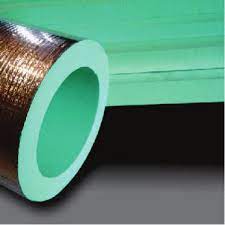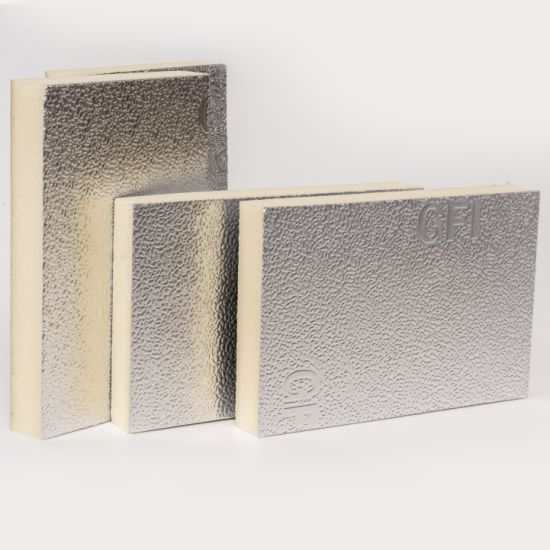
The creation of PUR and PIR:
PIR and PUR are both derived from , a plastic material invented by German scientist Otto Bayer and his colleagues in 1937. In 1954, the accidental introduction of water resulted in rigid polyurethane (PUR).
Just 13 years later in 1967, scientists improved upon PUR’s thermal stability and flame resistance to create polyisocyanurate (PIR). In order to create the new type of insulation, scientists induced a chemical reaction at a higher temperature.
The benefits of PUR:
PUR insulation can be injected into wall cavities to create an energy efficient barrier. The foam is able to reach small spaces to create an air-tight seal. According to the , PUR provides “the best thermal performance of all practical full cavity insulants.”
PUR foam can be continuously sprayed onto any type of surface. It is generally less expensive than other materials, making it ideal for renovations.
In flood prone areas, PUR’s high water resistance can minimize the impact of water damage in wall cavities, since it is a material that does not hold moisture.


